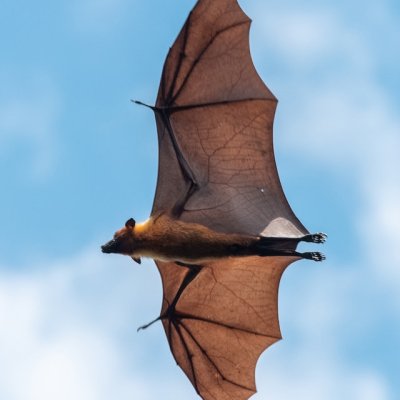arteriola
- Examples
La flecha verde marca la arteriola eferente y la azul la aferente. | The green arrow marks the efferent arteriole and the blue arrow the afferent arteriole. |
La necrosis fibrinoide puede extenderse desde la arteriola hasta el glomérulo produciendo necrosis segmentaria o global del penacho. | Fibrinoid necrosis may extend from the arteriole to the glomerulus causing segmental or global tuft necrosis. |
Recordemos que si identificamos arterioloesclerosis hialina comprometiendo tanto la arteriola aferente como la eferente debemos pensar en nefropatía diabética. | Remember that if we identify hyalinosis in both arterioles (afferent and efferent) we must think in diabetic nephropathy. |
De modo que la contracción del músculo liso de la arteriola del cuerpo, resistencia periférica creciente; | So that the body arteriole smooth muscle contraction, increased peripheral resistance; |
Otra más (link). El sitio por donde entran y salen la arteriola aferente y eferente es el polo vascular. | The vascular pole is the site by where the afferent and efferent arterioles arrive and leave the glomerulus. |
En esta imagen podemos ver una hialinosis arteriolar prominente, con formación de nódulos que remplazan la media de la arteriola glomerular (flecha azul). | In this image we can see prominent arteriolar hyalinosis, with formation of nodules that replace the media of the glomerular arteriole (blue arrow). |
Muchas células de la capa media de la arteriola aferente son células mioepiteliales granulares, que contienen gránulos de renina. | Many cells of the smooth muscle in the afferent arteriole, in the JGA, are granular myoepithelioid cells that contain renin granules. |
Telangiectasia más frecuente, caracterizada por un cuerpo central vascular, en ocasiones elevado, con finas ramas radiales simétricas, siendo el vaso central una arteriola. | Most common telangiectasia characterized by a vascular, occasionally elevated, central body with symmetrically radiating thin branches, the central vessel being an arteriole. |
Un capilar conecta una arteriola (arteria pequeña) con una vénula (vena pequeña) para formar una red de vasos sanguíneos en casi todas las partes del cuerpo. | A capillary connects an arteriole (small artery) to a venule (small vein) to form a network of blood vessels in almost all parts of the body. |
Inflamación granulomatosa en la biopsia: Cambios histológicos mostrando inflamación granulomatosa dentro de la pared de una arteria o en el área perivascular o extravascular (arteria o arteriola) | Granulomatous inflammation on biopsy: Histologic changes showing granulomatous inflammation within the wall of an artery or in the perivascular or extravascular area (artery or arteriole) |
Esto se debe a que cuando la arteriola se dilata permite que la presión hidrostática en el capilar sea mayor que cuando se encuentra contraída. | This is because when the arteriole dilates, it allows of the hydrostatic pressure in the capillary to be greater than when it is in contraction. |
En esta microfotografía, a la izquierda (flechas azules) vemos una arteriola glomerular, el penacho, a la derecha, muestra segmentos hialinos en su polo vascular (flechas verdes). | In this microphotography, we see a glomerular arteriole (blue arrows), in the tuft there are hyaline segments in its vascular pole (green arrows). |
Figura 10. Arteriola renal del mismo caso de la microfotografía anterior. | Figure 10. Renal arteriole from the same cases that the Figure 9. |
Las lesiones arteriolares pueden comprometer cualquier arteriola; si evidenciamos en un glomérulo determinado hialinosis en la arteriola aferente y en la eferente es virtualmente patognomónico de ND. | Arteriolar lesions may involve any arteriole; if we demonstrated arteriolar hyalinosis in both glomerular arterioles (afferent and efferent) it is virtually pathognomonic of DN. |
Random Word
Roll the dice and learn a new word now!
Want to Learn Spanish?
Spanish learning for everyone. For free.












